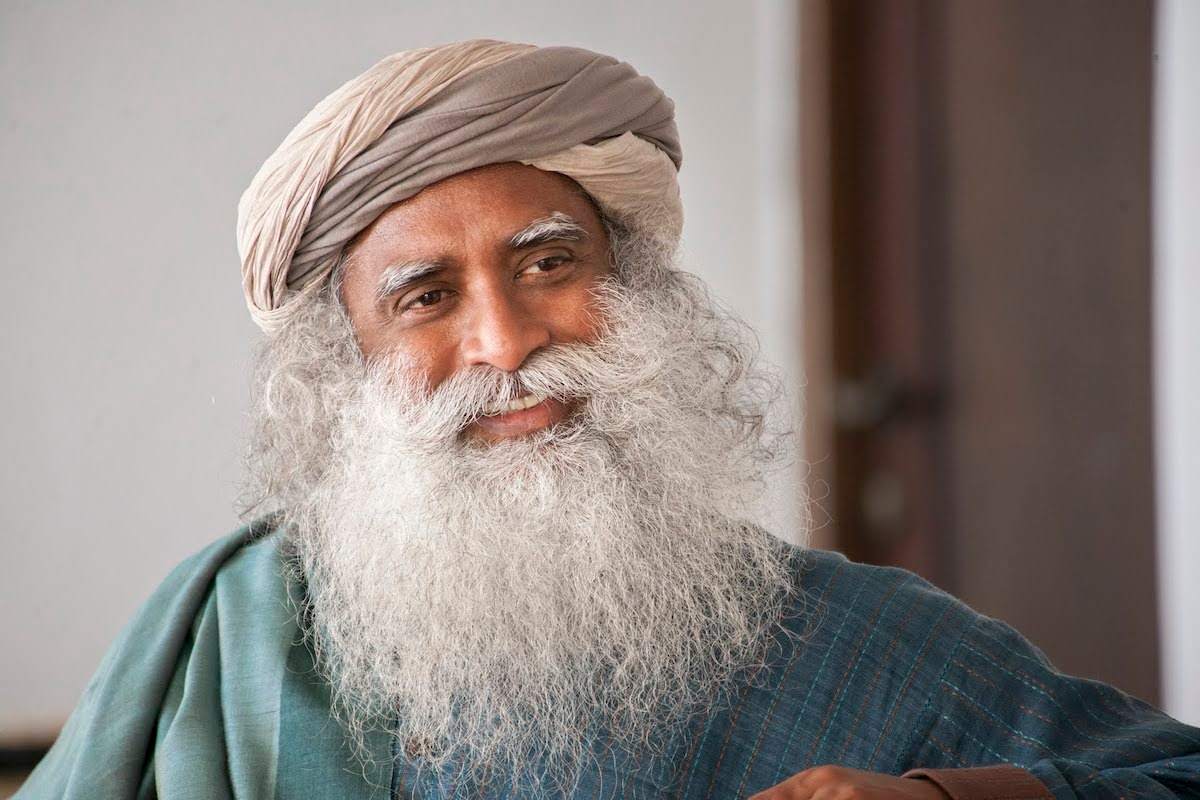Pleasure and happiness are sometimes used interchangeably, however they don’t seem to be the identical. Actually, fixing the enjoyment vs. happiness debate could be a essential step in your private progress journey.
Whereas each are paramount for residing a satisfying life, they bring about about totally different ranges of achievement. So, what’s the excellence between the 2? Right here’s a complete evaluation of pleasure and happiness:
- What Is the Emotion of Joy?
- What’s the Difference Between Happy and Joy?
- Are Peace and Happiness the Same?
- What We Can Learn From the Joy vs. Happiness Debate
- How Can You Be Happy and Joyful?
Understanding the character of pleasure and happiness might help you determine what really brings you long-lasting contentment and peace, unbiased of exterior circumstances.
What Is the Emotion of Pleasure?
Are pleasure and happiness the identical? To reply the query, let’s first discover what pleasure is.
Pleasure is a strong and transformational emotion that has the ability to make your life fulfilling with none exterior cause. It transcends easy pleasure or ephemeral pleasure, and there are quite a few methods to really feel it deliberately.
Neurologically talking, the expertise of pleasure includes varied components of the mind, so it’s a fancy course of.
From a religious perspective, it’s the last word state of being while you really feel unshakable inside tranquility and unconditional contentment.
Actually, in response to Sadhguru, a honored yogi and coach of Mindvalley’s A Yogi’s Information to Pleasure, it’s the results of changing into absolutely alive. He says, “Whenever you change into absolutely alive, you’re joyful and blissful with none cause.”
It implies that being absolutely alive provides you sufficient cause to decide on pleasure as your on a regular basis expertise.
What’s the Distinction Between Joyful and Pleasure?
Theologically, spiritually, psychologically, and even neurologically, pleasure and happiness are seen in a different way from one another.
Right here’s a comparability chart exhibiting the primary distinction between pleasure and happiness.
| Side | Happiness | Pleasure |
| Which means | An general sense of contentment, gratification, and satisfaction with life. | A powerful feeling of enjoyment, bliss, exuberance, euphoria, and delight. |
| Non secular connotation | Relying on private concepts and beliefs, it might or could not have a religious or transcendent that means. | Is seen as an important side of 1’s religious journey and sometimes interpreted as a connection to the next energy or feeling of oneness. |
| Objectivity | Happiness is subjective and private. | Pleasure is common. |
| Causes | Usually outcomes from exterior circumstances like attaining a objective, accumulating materials possessions, or getting validation. | Often internally generated from a sense linked to others, a deep sense of gratitude, or experiencing a way of function. |
| Period | Often lasts longer than pleasure, however not essentially everlasting. | Usually fleeting however intense. |
| Supply | Relationships, profession, materials possessions, and private achievements. | Experiences, moments of pleasure, a common fountain of pleasure. |
| Neuroscience | Activation of the left prefrontal cortex and the discharge of dopamine, serotonin, and endorphins. | Activation of the correct prefrontal cortex, amygdala, and insula, and the discharge of dopamine, serotonin, and opioids. |
| Vibrational frequency | Vibrational frequency is round 300-400 Hz. | Vibrational frequency is round 540-600 Hz. |
| Precursor | Preceded by a constructive occasion or circumstance. | Can come up spontaneously. |
| Depth | Could also be much less intense than pleasure, however it will possibly nonetheless be a constructive and uplifting emotion. | Sometimes extra intense than happiness, it’s usually described as a “burst” or “surge” of constructive emotion. |
| Impression | Can positively affect general well-being and contentment. | Can have a profound influence on psychological and emotional well being, resulting in elevated resilience, a extra constructive outlook, and a deeper sense of function. |
| Cultural views | Extremely valued in Western cultures and sometimes seen as a vacation spot level. | Valued and celebrated primarily in Japanese cultures as a key to residing a satisfying life. |
In essence, not like happiness, pleasure is an inner affair that’s self-existent and doesn’t rely on exterior elements. And this is likely one of the most hanging variations between the 2.

Are Peace and Happiness the Identical?
Within the pleasure vs. happiness debate, some could marvel if peace and happiness are one and the identical. Although peace and happiness can be utilized interchangeably, these two states of being are barely totally different:
- Happiness is an externally-driven emotion, generated by exterior circumstances. Usually, it’s a really particular person expertise, primarily based on one’s distinctive values.
- In distinction, peace is an inner state of freedom from any agitation, coming from the surface world. It’s a state of tranquility and concord. Furthermore, it may be felt on a person stage, however most frequently, peace is shared between group members and nations.

What We Can Be taught From the Pleasure vs. Happiness Debate
This dialogue isn’t just an mental investigation; it’s a important religious inquiry that may assist you entry the inside state of pleasure and select it as a way of life.
The character of pleasure is inherently totally different from that of happiness. As Sadhguru places it, “Pleasure is an inside job, whereas happiness depends on exterior elements.”
He explains that folks attempt to change into alive utilizing exterior issues like cash, relationships, intercourse, energy, and even spirituality.
Whereas there’s nothing inherently flawed with these items, they’re fleeting and short-term and might make you absolutely alive just for a second.
So, listed below are a number of invaluable classes we are able to study from this debate:
1. Pleasure is a selection
You’ve got the ability to decide on pleasure in each second, no matter your present circumstances. By taking duty on your life and selections, you possibly can reply to any scenario from a spot of inside pleasure and gratitude for being alive.
2. Pleasure is contagious
In contrast to happiness, which is totally subjective and private, pleasure is common. If you end up joyful, you radiate that vitality outward, changing into a beacon of sunshine and positivity for others. It’s referred to as emotional contagion. So by selecting pleasure, you select extra pleasure in your closest setting.
3. Pleasure is self-generated
Pleasure is an inside state of contentment and achievement that’s unbiased of exterior elements as a result of it arises from inside. No matter your circumstances or life conditions, this state of being will be cultivated by way of practices resembling meditation, mindfulness, and religious looking for.

How Can You Be Joyful and Joyful?
Many, if not all, of us have come throughout this query: How can I be pleased and joyful?
In keeping with Sadghuru, changing into absolutely alive is what makes you naturally pleased, exuberant, and joyful.
Most individuals endure as a result of they’re half-alive. They’re bodily and mentally alive, however it’s not sufficient. So what they do is desperately attempt to enliven themselves by way of exterior means: cash, relationships, intercourse, energy, and even spirituality.
— Sadhguru, a honored yogi and coach of Mindvalley’s A Yogi’s Information to Pleasure
However the one technique to attain pleasure from inside is to take duty on your life. It’s your means to reply, which is your means to be alive.
Whenever you take duty for extra than simply what’s snug in your life, your means to reply turns into limitless. So is your inside pleasure.
Discovering Your Path to Pleasure
Consider your self as a fancy life vitality that’s able to find all types of expressions, from pleasure and bliss to struggling and ache. It means that you’re able to making a joyful life for your self for those who select to. So, how are you going to do it?
Primarily based on Sadhguru’s teachings, if you understand how to make a second joyful, you possibly can stay joyfully. And for those who aspire to discover ways to create pleasure from inside, second by second, be part of Sadhguru on A Yogi’s Information to Pleasure Quest. In 15 days, you’ll discover ways to engineer your self the way in which you need your self to be and playfully and joyfully handle your life.
One of the best half is that you may pattern a category of this Quest by unlocking your free access.
Welcome in.

